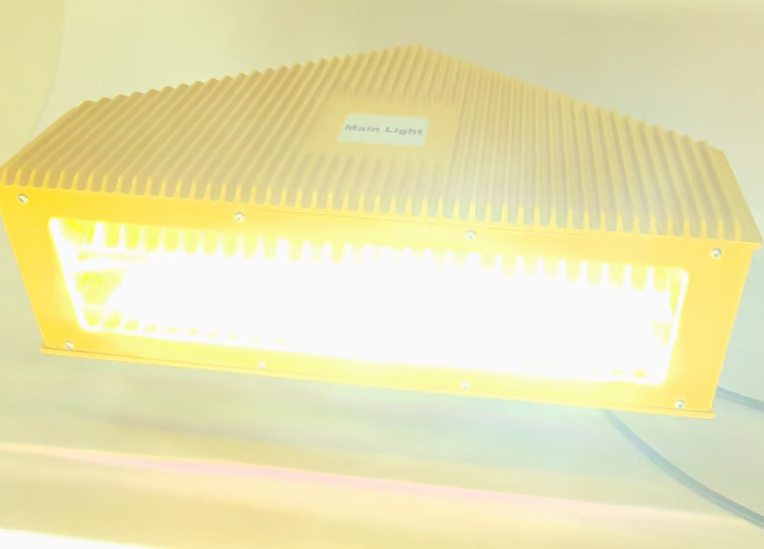Posted: 2024-08-26
In the realm of aviation, safety is paramount. Among the many elements that contribute to ensuring the smooth and secure operation of aircraft, aircraft obstruction lights play a crucial yet often overlooked role. These unassuming lights are the silent guardians of the skies, providing essential warnings and guidance to pilots.
Aircraft obstruction lights are designed to mark tall structures that could pose a hazard to aircraft in flight. Towers, chimneys, cranes, and high-rise buildings are just some of the structures that are required to be equipped with these lights. The purpose is simple yet vital: to make these structures visible to pilots from a distance, especially during low visibility conditions such as at night, in fog, or during heavy rain.

The importance of aircraft obstruction lights becomes evident when one considers the potential consequences of a collision between an aircraft and a tall structure. Such an event could result in catastrophic loss of life and property, not to mention the disruption of air traffic and the negative impact on the economy. By providing a clear visual indication of the presence of obstacles, these lights help pilots avoid such disasters and ensure the safety of passengers and crew.
One of the key features of aircraft obstruction lights is their brightness and visibility. These lights are designed to be highly visible from a great distance, even in adverse weather conditions. They are typically equipped with powerful LEDs or other advanced lighting technologies that emit a bright and consistent beam of light. The colors used for aircraft obstruction lights are also carefully chosen to ensure maximum visibility. Red and white are the most common colors, as they are easily distinguishable against the background of the sky.

In addition to their brightness and visibility, aircraft obstruction lights are also designed to be highly reliable. They are built to withstand harsh environmental conditions, including extreme temperatures, wind, rain, and snow. These lights are often equipped with redundant power supplies and backup systems to ensure that they remain operational even in the event of a power failure or other technical issues. This reliability is essential for the safety of aircraft and those on the ground.
| 12 | 56 |
| RT | GHV |
The installation and maintenance of aircraft obstruction lights is a specialized field that requires expertise and precision. Professional installers must ensure that the lights are placed at the correct height and location on the structure, and that they are properly aligned and adjusted for maximum visibility. Regular maintenance checks are also essential to ensure that the lights are functioning properly and that any potential issues are addressed promptly. This includes checking for damaged bulbs, ensuring that the power supply is stable, and cleaning the lenses to maintain optimal visibility.
Another important aspect of aircraft obstruction lights is their regulatory compliance. In most countries, there are strict regulations governing the installation and use of these lights. These regulations are designed to ensure that all structures that pose a potential hazard to aircraft are properly marked and that the lights meet specific standards of brightness, visibility, and reliability. Compliance with these regulations is not only a legal requirement but also a matter of safety.
Aircraft obstruction lights are an essential component of aviation safety. These unassuming yet powerful lights serve as a vital warning system, helping pilots avoid potential hazards and ensuring the smooth and secure operation of air traffic. As the aviation industry continues to grow and evolve, the importance of aircraft obstruction lights will only increase. So, the next time you look up at the sky and see a flashing light on a tall structure, remember the crucial role that these lights play in keeping our skies safe. Whether it's a towering skyscraper in a busy city or a remote communication tower in the countryside, aircraft obstruction lights are always there, silently guarding the skies and protecting the lives of those who fly.